Torment: Tides of Numenera is a story-driven, isometric 2.5D turn-based RPG developed by inXile. It is a “thematic successor” to Planescape: Torment, a critically acclaimed RPG released in 1999 by Black Isle Studios published by Interplay, the creators of Wasteland, Fallout, Fallout 2, and other noteworthy RPGs. Planescape: Torment is famous for its writing prowess, having some of the deepest, most original, most satisfying writing in video game history. This has led to strong hype for this game, at least from seasoned PC gamers. We named it our most anticipated game of 2015 in our 2014 game of the year awards, yet it has just come out at the very end of February 2017. It suffered from numerous delays, making one wonder what kind of development struggles it underwent, and how much harm was done to the final product.
Planescape: Torment is a game where every character encounter, every conversation is memorable and meaningful. In Planescape: Torment and unlike most other video games (especially larger scale ones, and it is a large scale game), every character that you can have a conversation with isn’t just a quest-giving bot, it is a uniquely written, fleshed out character, written with care and utmost attention to detail. They all stand out positively. In addition, the world of Planescape: Torment is dark fantasy, weird and mysterious, and filled with strange encounters and interaction. Not just character interaction, but interacting with the world itself; objects that seem to contain some amount of sentience, portals to other worlds, phenomena of all kinds. Its setting surpasses expectations and is one of a kind. Character encounters aren’t just with humans and common humanoid species, as the world of Planescape has many portals to many other worlds, bringing with them unique and at times bizarre lifeforms which the player can interact with.
The world building, character development, story depth and originality, and overall writing quality of Planescape: Torment is above what video games are usually thought capable of. It is a philosophical story with heavy thematic elements, and it is expertly directed so that it never becomes incoherent or out of control. Planescape: Torment also contains an incredible amount of role-playing, a level of role-playing that only a few games reach.
This is not nostalgia speaking. Personally, I played Planescape: Torment for the first time in 2014, and have played it a twice so far, and plan additional playthroughs. It is at the summit of video game excellence, and it easily claims our #1 spot for the greatest story in video game history.
That is what Torment: Tides of Numenera strives to live up to. It calls itself a thematic successor to Planescape: Torment, and is made by many of the same developers, including original creators of the Planescape D&D setting and the Numenera setting. Thus, it has pen and paper (PnP) roots, which only raises expectations for role-playing, gameplay depth/diversity, and world building. The narrative is text heavy like Planescape: Torment, resembling novels opposed to cinema.
Those are strong promises that Torment made. The ambition is apparent. But does it live up to its own hype? RPGs with the level of role-playing that Planescape: Torment offers are extinct, the last trace of it being Fallout: New Vegas from 2010, and the writing quality of Planescape: Torment has always been a very rare thing in gaming, to say the least. Does Torment: Tides of Numenera bring excellence back to the desolate RPG video game genre? Does its writing quality live up to its predecessor? Is it a worthy spiritual successor to one of the greatest games ever made? Continue to the next page to find out!
Story and Role-Playing
You are born falling from orbit, a new mind in a body once occupied by the Changing God, a being who has cheated death for millennia. If you survive, your journey through the Ninth World will only get stranger… and deadlier.
With a host of strange companions – whose motives and goals may help or harm you – you must escape an ancient, unstoppable creature called the Sorrow and answer the question that defines your existence: What does one life matter?Torment: Tides of Numenera is the thematic successor to Planescape: Torment, one of the most critically acclaimed and beloved role-playing games of all time. Torment: Tides of Numenera is a single-player, isometric, narrative-driven role-playing game set in Monte Cook’s Numenera universe, and brought to you by the creative team behind Planescape: Torment and the award-winning Wasteland 2.
Features:
A Deep, Thematically Satisfying Story. The philosophical underpinnings of Torment drive the game, both mechanically and narratively. Your words, choices, and actions are your primary weapons.A World Unlike Any Other. Journey across the Ninth World, a fantastic, original setting, with awe-inspiring visuals, offbeat and unpredictable items to use in and out of battle, and stunning feats of magic. Powered by technology used in the award-winning Pillars of Eternity by Obsidian Entertainment, the Numenera setting by Monte Cook provides endless wonders and impossibly imaginative locations for you to explore.
A Rich, Personal Narrative. Thoughtful and character-driven, the story is epic in feel but deeply personal in substance, with nontraditional characters and companions whose motivations and desires shape their actions throughout the game.
Reactivity, Replayability, and the Tides. Your choices matter, and morality in the Ninth World is not a simple matter of “right” and “wrong”. You will decide the fates of those around you, and characters will react to your decisions and reputation. The result is a deeply replayable experience that arises naturally from your actions throughout the game.
Strange companions, a bizarre protagonist, deep and thematically satisfying story with a personal narrative, that does sound vaguely like Planescape: Torment. As mentioned earlier, this is a very text heavy game, like its predecessor. Most of your play time will be spent reading. On this page we will analyze the writing quality of Torment: Tides of Numenera.
For those not willing to read spoilers, know that while Torment: Tides of Numenera truly is a thematic successor to Planescape: Torment, it is more a hollow copy than anything. It seems the product of someone casting D&D’s Glass Doppelganger spell on Planescape: Torment; it is a relatively weak and shallow clone, not nearly as strong as the original and you can see right through it. Torment: Tides of Numenera was seemingly designed to just deliberately copy Planescape: Torment, which is never a good way to approach storytelling. Distinct nuances and plot elements that work in one story won’t necessarily translate well to another, it is why literature professors encourage originality and creativity. Planescape: Torment has originality and creativity in spades, but Torment: Tides of Numenera is cheaply written.
Quest design of Torment: Tides of Numenera is severely lacking. Too many goose chase quests. “Find this person” and then “Find that person.” That’s most of the quests throughout the game, with lots of distraction in the form of character and object encounters along the way, which do not contribute to the story in any positive way. The quests don’t have objective markers, which I prefer.
Furthermore, this game does seem to be designed to appease social justice warriors. It makes it a point to make most distinguished figures women. While it is Sci-Fi enough to have distinguished female soldiers, the frequency of them makes its intentions obvious.
The role-playing potential is more limited than it ought to be, not reaching the levels of its source material or many other great RPGs. The most it leads to is different ending slides. Other changes may manifest depending on your actions, but not a whole lot.
Descriptive writing is not nearly as good as Planescape: Torment. While it is better than other modern RPGs like the atrocious Tyranny and the mediocre Pillars of Eternity, it is not compelling or meaningful enough to sustain interest considering most of the game’s 30-35 hour length is reading. You will catch yourself dozing off later in the game. The descriptive writing of Planescape: Torment is more carefully written and often uses personification to its distinct advantage, its imagery is so much greater.
Characters are not close to Planescape: Torment quality, companions and otherwise. All are quite forgettable in this game, and don’t deliver memorable impressions. Unlike Planescape: Torment which has splendid writing even for tertiary characters; more fleshed out, more detailed behaviors and mannerisms, more alive, more presence. Every single character you can have a conversation with in Planescape: Torment is a noteworthy, memorable character, even very minor ones that don’t even give quests, like Ei-Vene and her talons, that merchant in Sigil who sells plates, cups, cutlery, and the like, Reekwind who I can still smell just by thinking of him, Jumble Murdersense and the fury he caused me when I first met him on my first playthrough (he cursed me). I cannot say the same for Torment: Tides of Numenera, granted not many games can boast of this accomplishment (off the top of my head only Vampire: The Masquerade – Bloodlines to nearly the same degree). All comparisons a side, it is a problem that Torment’s characters do not add enough substance to the game, they aren’t developed enough or written well enough. Their presence becomes insignificant.
For a more detailed analysis with examples and spoilers, continue reading below.
Let us take a look at once specific piece of that official quote featured above.
“You are born falling from orbit, a new mind in a body once occupied by the Changing God, a being who has cheated death for millennia. If you survive, your journey through the Ninth World will only get stranger… and deadlier.”
Emphasis on, “if you survive.” After playing the game and achieving several different endings, it is amusing to now notice this foreshadowing. It is in fact possible to end Torment: Tides of Numenera within the first few minutes, dying during your introduction, your birth. Premature endings have long been featured in some RPGs, namely Fallout, Fallout 2, and Wasteland 2, this game was created by many of the same minds that gave us all of those.
Right from the get go, you are thrust into a bizarre adventure. The introduction has you define your character’s gender, class, and abilities, but not your appearance or name. You are the Last Castoff. This is somewhat similar in approach to Planescape: Torment’s player character, although with a bit more freedom as Planescape: Torment does not let you adjust your gender or class, although you can later learn a new class in Planescape: Torment (you cannot do that in this game).
The introduction is surreal, as the Last Castoff is reborn. You are supposedly the most recent creation of the Changing God, a man who is able to create bodies and consciousness and move his own consciousness into these bodies. The Changing God does this to avoid death. If he is displeased by one body, he can move into another that he creates. He is said to be a narcissistic, selfish, manipulative man, like one of the main incarnates of the protagonist in Planescape: Torment. His experiments have had severe consequences, not just on others but on himself. The Changing God is hunted by The Sorrow, a horrifying creature that is said to have destroyed entire civilizations. The crimes of the Changing God have caught The Sorrow’s attention, and The Sorrow hunts him relentlessly. much like how The Nameless One in Planescape: Torment is always being hunted for his past crimes
The Changing God is also at an endless war with the First Castoff, the first person he created. Although the First Castoff is said to be dead now, the war rages on in her name.
The game starts as the player character crash lands into a building which contains machines created by the Changing God. The player character, the Last Castoff, has repressed memories belonging to the Changing God and other castoffs. Recalling memories is a storytelling mechanic, much like Planescape: Torment. Here, at the start of the game, your character must remember that one of the machines in this building can possibly stop The Sorrow. So your goal for the entire game is clear from the very beginning: Fix this damn machine and stop that monster (which you are given a glimpse of during the introduction).
Upon waking up in that room pictured and described above, a man and a woman argue relentlessly. It is later revealed that you are the indirect cause of this argument; Castoffs, such as yourself, are able to control the Tides. Tides are unknown energies surrounding the Ninth World, the setting of the game. They have psychic influence. The Changing God is infamous for wielding the Tides and using them to bend others to his will. The Tides serve as an alignment system for the game, and are distinguished as follows.
- Blue – Represents wisdom, knowledge, enlightenment.
- Gold – Represents compassion, empathy, caring, sacrifice.
- Indigo – Represents justice, compromise, the greater good.
- Red – Represents passion, (uncontrolled) emotion, (prompt) action, and zeal.
- Silver – Represents desire for power and fame, desire to be remembered.
Your dialogue choices and actions will determine your alignment, causing your character to be assigned one or two of the Tides. It shifts dynamically, just like alignment does in Planescape: Torment. These tides connect all life, like the Force in Star Wars: Knights of the Old Republic II – The Sith Lords, so wielding it as a weapon can have massive implications. Such a connection is also present in Planescape: Torment.
Castoffs have a unique sway over the tides, and the Last Castoff’s crash landing into that building sparked the heated argument between those two characters, Aligern and Callistege, two potential companions. Thus, the Tides also serve as a thematic element of the game, bolstered by role-playing; your use of the Tides should affect others, beyond just the obvious. Just like Planescape: Torment, except not nearly as well executed—a pattern that will manifest constantly throughout this review.
Your role-playing, your use of the tides, helps tell the story. It gives meaning to the role-playing and to your choices. It is a shame that it isn’t used well enough. Changes based on your use of the Tides are few and far between, and usually subtle—subtle changes are great in RPGs but at times there should be additional, less subtle effects.
Torment: Tides of Numenera takes place in a place called the Ninth World, which is Earth billions of years in the future after the rise and fall of a countless amount of civilizations. Not eight prior civilizations as the name implies; at one point in time, inhabitants of the Ninth World thought that there were only eight prior civilizations, but this has been proven false as characters will tell you.
It is a truly unique, otherworldly place, full of unrecognizable technology and beings which you can usually interact with. Too much actually; this game includes a countless amount of inexplicable encounters, atmospheric elements, but they aren’t well written and sometimes seem too illogical, such as a species that reproduces by severing a limb and that limb grows into its own being. A culture that lives inside a large predatory creature. Time paradoxes. These oddities are included just for the sake of weirdness, not to form a coherent world. This strangeness extends to quest related encounters as well, where at times it is damaging. Torment: Tides of Numenera lacks in coherency. Whereas Planescape: Torment is masterfully crafted, carefully directed despite being more open ended than this game, its world manages to be both bizarre yet coherent. World building in Torment: Tides of Numenera is seriously flawed. A babbling mess even.
This game is a looker though. Art design is exemplary even though technical graphics are long outdated (2D environments with a 3D per-pixel lighting system and many 3D objects thrown in). This is the one area where it lives up to Planescape: Torment’s example. In every other aspect, Torment: Tides of Numenera does not come close. It is a shame. The world has good aspects; visually, all of it is amazing. Considering how futuristic it is, the presence of inexplicable technology and species is a good thing. I would love to explore this world in an actual well written, impressive RPG. There isn’t a Sci-Fi setting like it in video gaming. If only it included an SDK like many great RPGs of past, but today’s RPGs have forgotten the value of modding. I would love an SDK to make my own campaign in this world.
The core philosophical concept of Torment: Tides of Numenera is the question of, “What does one life matter?” It barely explores it outside of few moments in the main campaign, an amount that you can probably count on one hand. And when it does attempt to explore this core theme, it does so in a very weak, predictable, contrived manner. I was able to recite the lines of NPCs before they spoke. This game fails to entice.
After completing a climactic point of the game, its first attempt at discussing its core idea directly (“What does one life matter?”), I walked away unimpressed. I can’t say I was disappointed though; this was nearly 20 hours into the game and it had failed to deliver any exceptional writing beforehand, so I expected to find none. The characters have excessively predictable motives and conversations/dialogues, and the story introduces nothing unexpected, nothing to deliver any strong impression or emotion. This climactic moment is the equivalent to the conversation with Ravel Puzzlewell in her maze in Planescape: Torment. Ravel is an actual developed character and she is met at a highly anticipated moment in Planescape: Torment’s story, while I already forgot the name of this game’s character and this entire moment just sort of happens freely in a hub, with no build up. It isn’t terrible, but it is ineffective.
In rather important moments, the game will sometimes railroad you into a choice when perhaps you’d like to be indecisive. Example 1, example 2. In general, role-playing seems closer to Pillars of Eternity level than Planescape: Torment level. Not good. Another example of the laziness in this regard: I found a group of Bloom Cultists harassing a man in his home. I convince the Cultists to leave him alone, talk to the man who sees for himself that they’ve left the premises, and the man goes on to reward me. Yet the Cultists never actually leave because the game is too lazy to make them leave.
The finale seems to have lots of possible pathways, and literally it does, but they all end up at the same place: a conversation with The Sorrow, a final encounter. Here he provides you with a list of choices that directly determines the ending you get. Gamers have expressed distaste for button press endings in the past, most notably Deus Ex: Human Revolution and Mass Effect 3, and here we have another one, although you get more than four options at least. It is one of few times that the core question of, “What does one life matter?” is discussed.
It is unfortunate that Torment: Tides of Numenera is not the breakthrough RPG the industry needs. The writing is so lackluster, not terrible but incoherent at times, weak most of the time, and ineffective the entire time, such that I looked forward to combat more than anything. Yet I began my playthrough as one not looking for combat. Boredom led me to changing that slightly. It’s too bad that the combat is not good either, but more of that on the next page.
What is more unfortunate is the false praise this game is getting. We acknowledge and appreciate its ambition, it was designed with good intentions that got distorted when it was decided to primarily focus on copying Planescape: Torment. Just because this game is similarly text heavy to Planescape: Torment, and has a vaguely similar setting, it is being hailed as the second coming of Planescape: Torment. Most reviewers must not read as a hobby, for this game on a literary scale is near weightless compared to Planescape: Torment. Look beyond the presentation and the amount of text, and you will see the truth of it.
Below is a list of Planescape: Torment parallels, references, and homages. It truly goes overboard to the point where its lack of originality is blatant.
On the next page, we review the gameplay of Torment: Tides of Numenera.
Gameplay
Torment: Tides of Numenera is a party-based, turn-based RPG. You can only have three companions for a total party of four. There are six companions in the game. Each playthrough limits you to only getting to know three companions, due to the game’s excessive linearity. You cannot backtrack. Once you leave a primary location, there is no going back. This is damaging to quest design.
This game is much less open ended than Planescape: Torment. It has less role-playing overall; while it has enough unique dialogue choices based on your character build, it places too many limitations on what you can do and the nature of your dialogue responses. You cannot act freely, pickpocketing everyone or attacking anyone you wish. In fact, it doesn’t have pickpocketing at all.
Oddly enough, there are no difficulty modes. Combat is usually too easy, despite you always facing seemingly overwhelming numbers. But let us first look at the foundation of Torment’s gameplay.
The core rule system of Torment: Tides of Numenera is decent. It is inherited from the pen and paper RPG of the same name, Numenera. I am unfamiliar with Numenera personally, thus I cannot draw comparisons to it.
The game only has three core attributes: Might, Speed, and Intellect. It makes it work though. Combat abilities, object interaction, and various acts of persuasion or intimidation in dialogue will drain your score in these attributes. For example, heavier melee weapons utilize Might to determine chance to hit as well as damage. The more Might points you spend on your attack, the greater the chance of hitting and the more damage the hit would do. Light weapons (and very few medium weapons) function mostly the same, the only difference being Speed is used and drained instead of Might. You can choose to drain nothing, but your chance of success is reduced.
Deception, Persuasion, Intimidation, and Lore related dialogue will use and possibly drain your Intellect attribute. Object interaction involving Smashing things uses Might, while ones that use Quick Fingers use Speed. It is logical, although the draining/expenditure system is overdone and certainly not to everyone’s liking. For example, you can deplete your attribute scores to zero if you spend enough, and once one attribute is at zero you can no longer succeed at any task that uses it. In other words, if you persuade a few hard headed people and use your Lore skills to determine the origins of a few objects, and deplete your Intellect score, until you rest (which replenishes all scores and heals you fully) you will not be able to succeed at any other Intellect based task. The same for all other attributes.
You can have an Edge in each of the three attributes. They give you significant bonuses to completing tasks that use each attribute. You can also increase the amount of effort you can put into tasks as you level up. Such control is given to you over companion leveling too.
There are three classes: Glaive, Nano, and Jack. Glaive is a fighter/warrior, Nano is basically a mage, Jack is a jack of all trades.
No matter your class, you get to choose one trait at the start (the one I chose as seen in the screenshot above was, “Intelligent”), and another later on in the game (I chose silver tongue in the above example). Traits have significant impact on stats.
The three classes, the amount of abilities in the game, the traits, and the amount of equipment and general items, is sufficient to make for a diverse enough 30-35 hour experience which is the length of this game.
The skills in this game are as follows:
- Anamnesis – Used for recalling memories. Dependent on Intellect.
- Initiative – The character with highest initiative gets the first turn in a Crisis (combat situation). Until very late in the game, your party’s initiative always seems the lowest, since enemies will always get the first turns during a Crisis.
- Cypher Use – Determines how many Cyphers you can wear. Cyphers are powerful usable artifacts.
- Deception – Deceiving, bluffing in dialogue. Use is dependent on Intellect.
- Persuasion – A dialogue skill, self-explanatory. Use is dependent on Intellect.
- Perception – It is rarely used in dialogue and certain situations, but not used enough.
- Scavenging – This is almost never used.
- Stealth – Determines effectiveness of the Hide ability, which for some reason is only usable in combat. Use is dependent on Speed.
- Lore: Machinery – Knowledge of machinery, use is dependent on Intellect.
- Lore: Mystical – Knowledge of mystical, almost magical things. Use is dependent on Intellect.
- Lore: Natural – Knowledge of natural sciences. Use is dependent on Intellect.
- Endurance – Determines health.
- Intimidation – Dialogue skill, use is dependent on Intellect.
- Running – Determines movement range in a Crisis.
- Smashing – Dependent on Might score, uses for smashing things. What else?
- Concentration – Mitigates penalties for equipped bonded artifacts.
- Quick Fingers – Dependent on Speed score, used for special tasks.
It also has eight combat skills, exclusive to Glaive class. They are simpler, governing things like defense for your three attribute scores, and bonus with every type of weapon (Light, Medium, Heavy, for both melee and ranged).
That brings up the types of items it has, beyond weapons and worn equipment. Shins are currency, items labeled as Oddities may or may not have a use/purpose but are worth money, Artifacts are equipped items with bonuses and penalties, Cyphers are powerful and usable items but equipping too many of them will cause Cypher Sickness.
Unlike many modern RPGs (like Tyranny and Dragon Age: Inquisition), Torment isn’t so weak that it just relies on elemental spells. Still, it only has directly offensive ones (damage dealing), debuffing, buffing, one mind control, and one summoning Esotery ability (spell like ability). Proportionally, the bulk of Esotery abilities are damage dealing, followed by buffing. Then again, even Planescape: Torment doesn’t go far beyond this with its spells, and Torment: Tides of Numenera does have slightly more abilities for Glaives compared to what Planescape: Torment has for Fighters.
Esotery attacks don’t have predefined types, but there are many different kinds. Resistance is used against Esotery attacks (as is Willpower), while physical attacks that land go against Armor. Evasion represents your ability to avoid attacks altogether. There are five kinds of damages: Energy, Mental, Chemical, Transdimensional, Physical. Resistances to these will vary significantly from creature to creature; you can actually heal some hostile creatures with Transdimensional damage for example (those being spawns of The Sorrow).
Fettles are status effects. Positive ones are beneficial, negative ones are harmful.
The interface is fantastic. Notice how the left side of the menu is always the same, which is useful due to how critical that information is.
Combat is turn-based. Any time you enter combat, it is referred to as a Crisis. Often times you cannot complete a Crisis via combat, instead you have to interact with various special objects placed in the vicinity while unlimited waves of enemies spawn around you. Infinite enemy spawns is a game design choice which we shun, but I only personally got annoyed by one such encounter, since it involved quakes that knocked down only my party, every few turns or every time we did significant damage to the enemies.
You can even talk to opponents during a Crisis, most of the time at least. You can try to talk them down using various methods. This is a mechanic I have never seen before, but it is a good one if used appropriately.
Torment’s combat is lacking. It has no attacks of opportunity, so anyone can move around freely in melee range. Ranged weapons have far too little range. You cannot rearrange your party, can’t change party leader, can’t enter Hide mode outside combat (only inside, which makes no sense). Hide mode makes you impossible to detect by normal vision, and you can gain a damage bonus when attacking from it. A typical rogue mechanic.
The AI is average relative to RPGs. They don’t always make the smartest moves or use the most appropriate abilities. As mentioned earlier, every battle, except for the very first opportunity, has you horribly outnumbered, yet most of these battles are too easy and there are no difficulty modes. One location is the opposite: overpowered enemies but you cannot simply leave this place and come back later, due to the game’s linearity as mentioned above.
Physics and combo moves (like spell combos) aren’t present in this game. Its combat is very basic and the game usually encourages you not to engage in combat, with its numerous encounters which cannot be won by fighting. Infinite waves of enemies, inability to rearrange party or change party leader, the fact that Hide mode is only usable in combat, the absence of attacks of opportunity, unintelligent AI, imbalance (it is almost always too easy), too little range for ranged weapons all harm the game’s combat. Outside of combat, which is most of the game, quest design is lacking since, as mentioned earlier, most of them boil down to, “Find this person, and then find that person.”
Included in Torment: Tides of Numenera are sections with no direct gameplay. These play out like visual novels, pictured below.
They utilize your character’s attributes and skills. They are supposed to flaunt the game’s writing prowess and immerse the player in riveting storytelling, but the writing quality is not good enough for this. The character writing, the descriptive writing, the overall story and its inability to introduce philosophical concepts effectively and discuss its themes effectively, none of it is sufficient to make these portions worthwhile. They seem random and out of the blue, lacking in coherency, wild and all over the place and not in any positive way.
Let us take a look at the technology that powers Torment: Tides of Numenera before concluding this review.
Audio & Visuals
Torment: Tides of Numenera is powered by Unity engine, using technology from Obsidian’s Pillars of Eternity. 2D environments with some 3D overlay like the per-pixel lighting system and inclusion of various 3D objects in the world. The 3D overlay comes at the cost of aliasing, and it only use a simple MLAA based form of AA, which is insufficient even at 1440p. Luckily most of the game won’t be aliased since most of it isn’t 3D. Technologically, it is severely outdated, but artistically it is magnificent. Strong artistic vision was definitely required for this game.
This game might use larger resolution 2D backgrounds than any other isometric 2.5D RPG, allowing you an unprecedented amount of zoom. Despite this however, some 2D objects are rendered with less detail than others, and the quality of 3D objects varies even more. Here is a pair of examples:

Take a look at those airships. Abysmal quality and the sails are even worse. They are 3D objects.

Pixelated fire.
Despite this, it is the best looking isometric 2.5D RPG in existence overall. The 3D layer is more advanced, not only with the per-pixel lighting system but things like dynamic cloth, dynamic reflections, the occasional dynamic shadow. The one honor this game will get from us is a place on our virtual art gallery, a showcase of amazing looking games.
The soundtrack was composed by Mark Morgan, who also composed the soundtrack of Planescape: Torment. Similarities are strongly evident. Overall Torment’s soundtrack is very good, although with fewer dramatic tracks.
Voice acting is rare. Only the first line of any conversation with companions will be voiced, the rest unvoiced. Most NPCs are entirely unvoiced. Descriptive writing substitutes, like a book and like Planescape: Torment, only without the excellent quality unfortunately.
Sound effects can be stellar at times, like the heartbeat deep in the Bloom. Combat sounds are satisfying too, but nothing incredible. It does support my 5.1 surround system just fine however, unlike the stereo/2.1 only Tyranny. Torment uses Wwise.
| 64-bit | Yes |
|---|---|
| Linux Support | Yes |
| Graphics API | DirectX 11 |
| Frame Rate | Unlocked |
| High Resolution Support | Yes |
| Ultrawide Support | Yes |
| High Refresh Rate Support | Yes |
| Borderless Windowed Support | Yes |
| VR | No |
| Display HDR | No |
| Ray Tracing | No |
| Multicore CPU Support | 4-8 cores |
| Adjustable FOV | No |
| Anisotropic Filtering | None (2D game) |
| Anti-Aliasing | MLAA |
| Upscaling | None |
| Sound API | FMOD |
| Sound | Up to 7 channels |
| Dolby Atmos | No |
| UI Scaling | Yes |
| “Analog” Keyboard Support | No |
| Debug Console | No |
| Modding | No |
The next and final page contains our conclusion for Torment: Tides of Numenera.
Conclusion
The apple has fallen very far from the tree.
Despite ongoing claims of the contrary, Torment: Tides of Numenera amounts to nothing more than a shell of its spiritual predecessor, Planescape: Torment. Writing quality in every aspect: world building, characterization and character development, descriptive writing, all of it lacks in style, originality, and coherence. It was seemingly written with two goals in mind: to copy Planescape: Torment, and to be as weird as possible with no other reason than just to be weird. This is not a valid way to approach story writing. Distinct nuances and plot elements that work in one story won’t necessarily translate well to another, it is why literature professors encourage originality and creativity. Planescape: Torment has originality and creativity in spades, but Torment: Tides of Numenera is cheaply written.
The companions are mostly quite pointless, missed opportunities without much character development. Secondary and tertiary characters are written in a rush, totally forgettable. Yes, they’re weird, but weird is not enough! A far cry from the brilliant Planescape: Torment, in which every character you can have a conversation with is uniquely written, detailed, plausible, and memorable. Actual characters, rather than just devices. Considering how story/dialogue focused this game is, it really requires better writing than what it has.
Role-playing potential is too limited. Too often does it railroad you into taking a firm stance (example 1, example 2), and it places too much restriction on how you can act and what you can say. It does have an ample amount of “dialogue checks” based on your character build, but this requires better writing than what this game offers in order to truly shine.
Most quests boil down to, “Find this person, then find that person.” Unique, bizarre interactions keep them from being as repetitive as something like Tyranny, one of the worst RPGs this reviewer has ever played, but they still lack the meaning and distinction of games like Planescape: Torment. Furthermore this game is too linear, disallowing you from backtracking. Once you leave a main location, you can never return.
The Ninth World as presented by this game makes for a visually remarkable and distinct setting, but the writing makes for a discombobulated incoherent mess at times. So what if the game contains hundreds of bizarre encounters? They all lack flavor, style, meaning, and the logic behind them is at times questionable at best, such as the species that reproduces by severing their own limbs—these severed limbs becoming the children. A world needs more than that in order to be intriguing. Torment is lacking severely when it comes to writing cultures and factions. Its ability to write distinct locations is better, but still far from greatness.
There are far too many parallels and references to Planescape: Torment, and combined with the unimpressive writing in all areas, it makes for an unoriginal story. But most of it, its writing and its role-playing, is not terrible. It is many, many leagues below greatness like Planescape: Torment, but not despicable. The most noteworthy thing about its writing is how much of a deliberate copy it is of Planescape: Torment, which is of course not a good thing. Apart from this, most of it doesn’t stand out positively or negatively. The writing, the characters, the encounters, they are simply there, but they don’t do much. Ineffective but still deeply flawed writing, rather than awful writing. It attempts more than most video games, but doesn’t deliver more.
Most of its gameplay involves dialogue and skill checks in non-combat related tasks, making this an unusual video game. Even Planescape: Torment has more potential combat than this game. The rule system driving this game is robust for a shorter RPG like this one, and it is logical, unlike Pillars of Eternity and Tyranny (pen and paper derived rules are always better and more logical).
Combat is too basic and too reliant on infinite waves of enemies. The player cannot rearrange the party, can’t change party leader, can’t enter Hide mode outside combat (only inside, which makes no sense), no attacks of opportunity, ranged weapons have too little range. For most of the game (the first 2/3 perhaps), enemies always seem to have higher initiative and start combat. AI is average relative to the genre, which means it is rather stupid.
The flaws are obvious in almost every aspect of the game, except for the art design. But because it tries so hard (too hard) to copy Planescape: Torment, and ends up so mediocre, there isn’t much reason to play this other than to experience a spiritual successor done wrong. Anyone looking for a well made spiritual successor to Planescape: Torment ought to play Neverwinter Nights 2: Mask of the Betrayer, which comes close in storytelling and has infinitely superior gameplay to either Torment, while greatly and effortlessly surpassing Torment: Tides of Numenera in all areas except for visual art design.
Strengths
- Art style
- Ruleset is logical
Weaknesses
- The story never tries to do anything special, it instead deliberately lowers itself to being not much more than hollow, ultimately meaningless Planescape: Torment references
- Shies away from role-playing in all key moments, so why bother being an RPG?
- Weak, generic quest design
- No difficulty modes to choose from and the game is mind numbingly easy despite you being horribly outnumbered in most combat encounters
- Weak combat system with no attacks of opportunity, inadequate control over your party, ranged weapons with no real range, no real sense of difficulty for the most part
- Character progression is even weaker/less interesting than in Planescape: Torment, by a long shot
- No modding but who would want to mod this anyway?



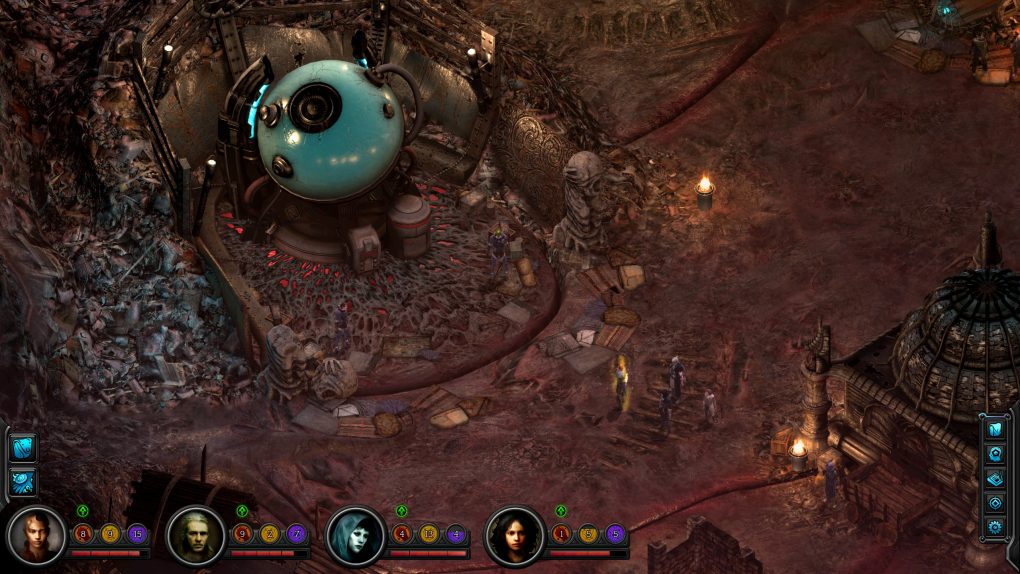

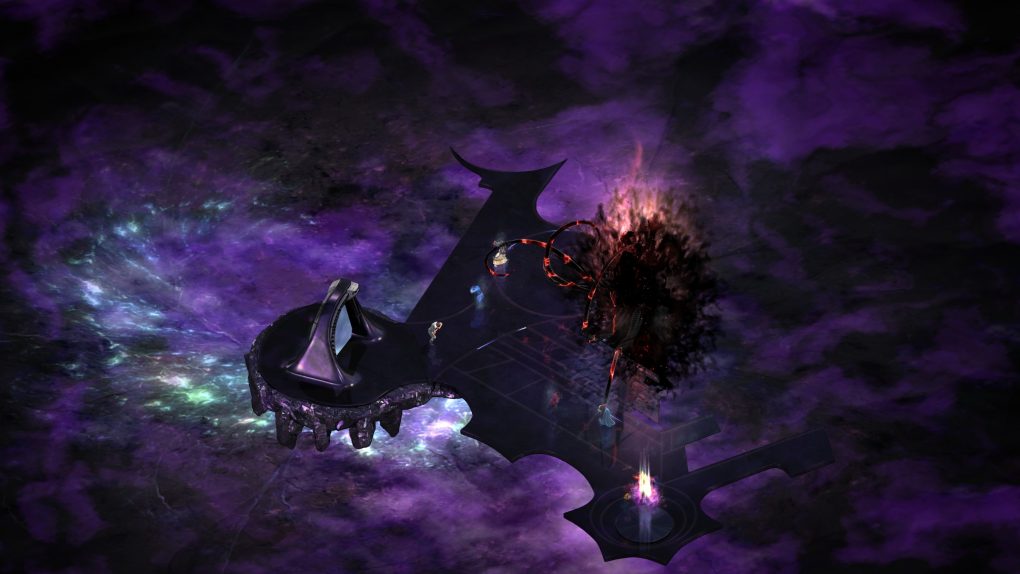

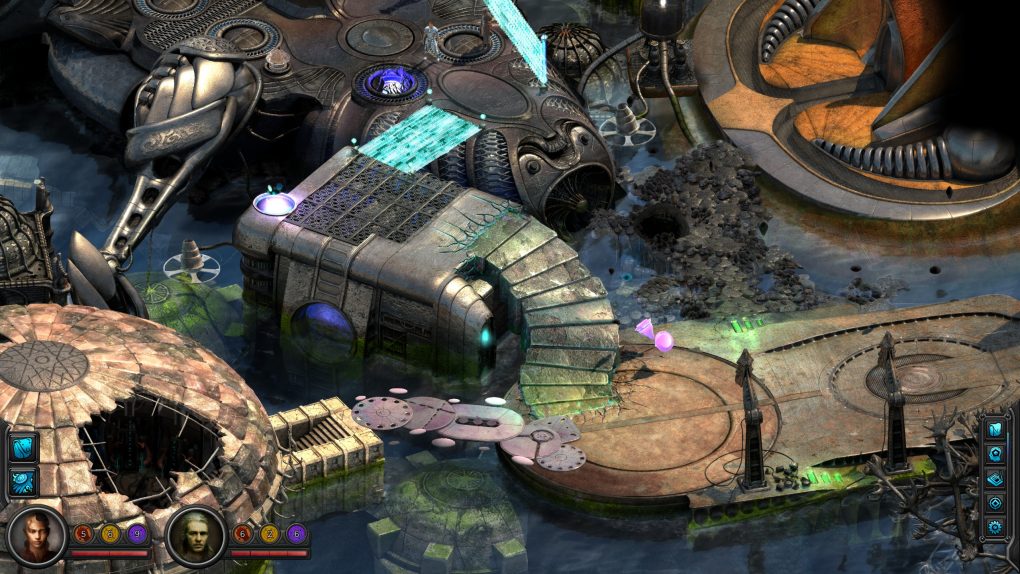

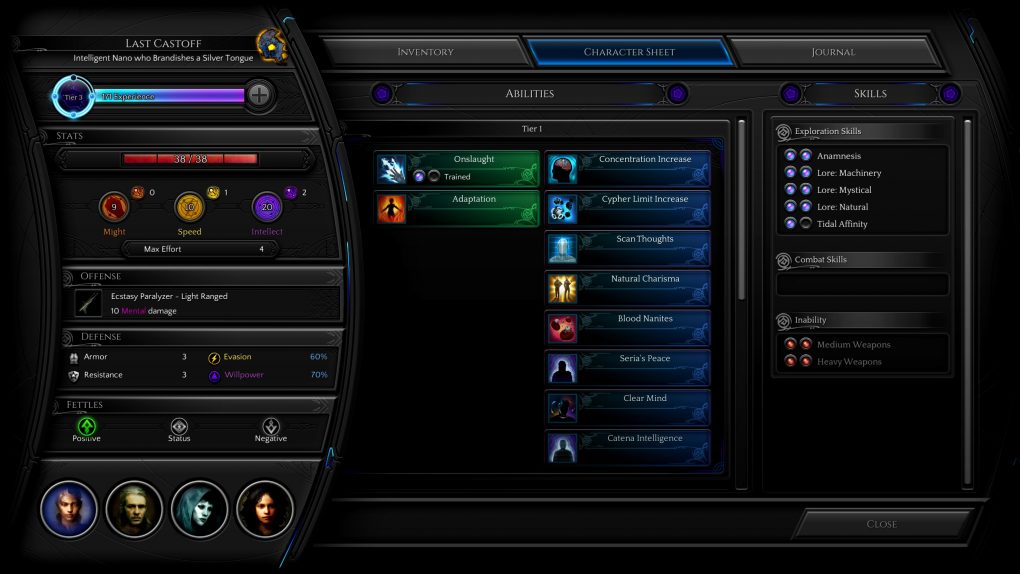


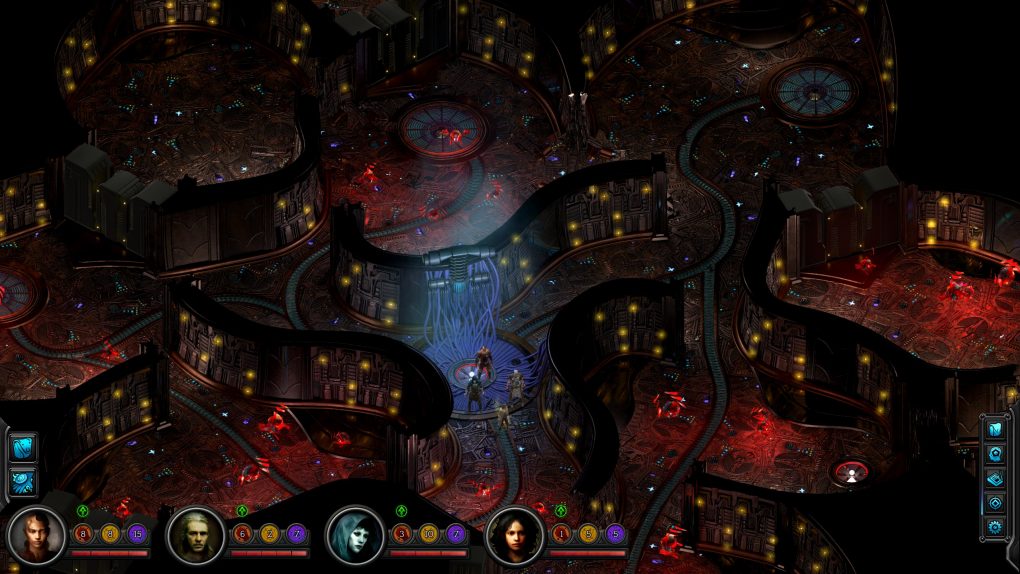
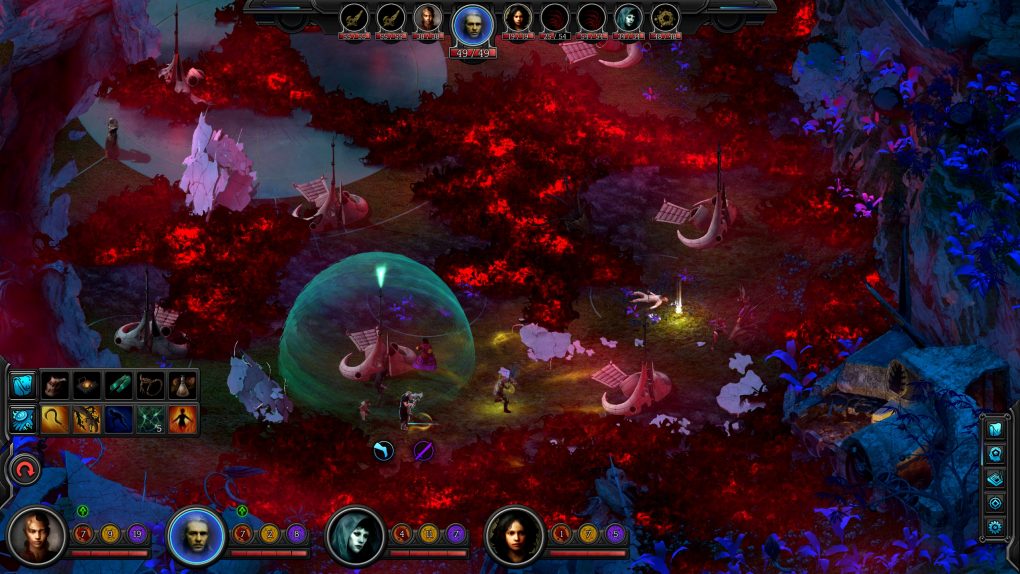

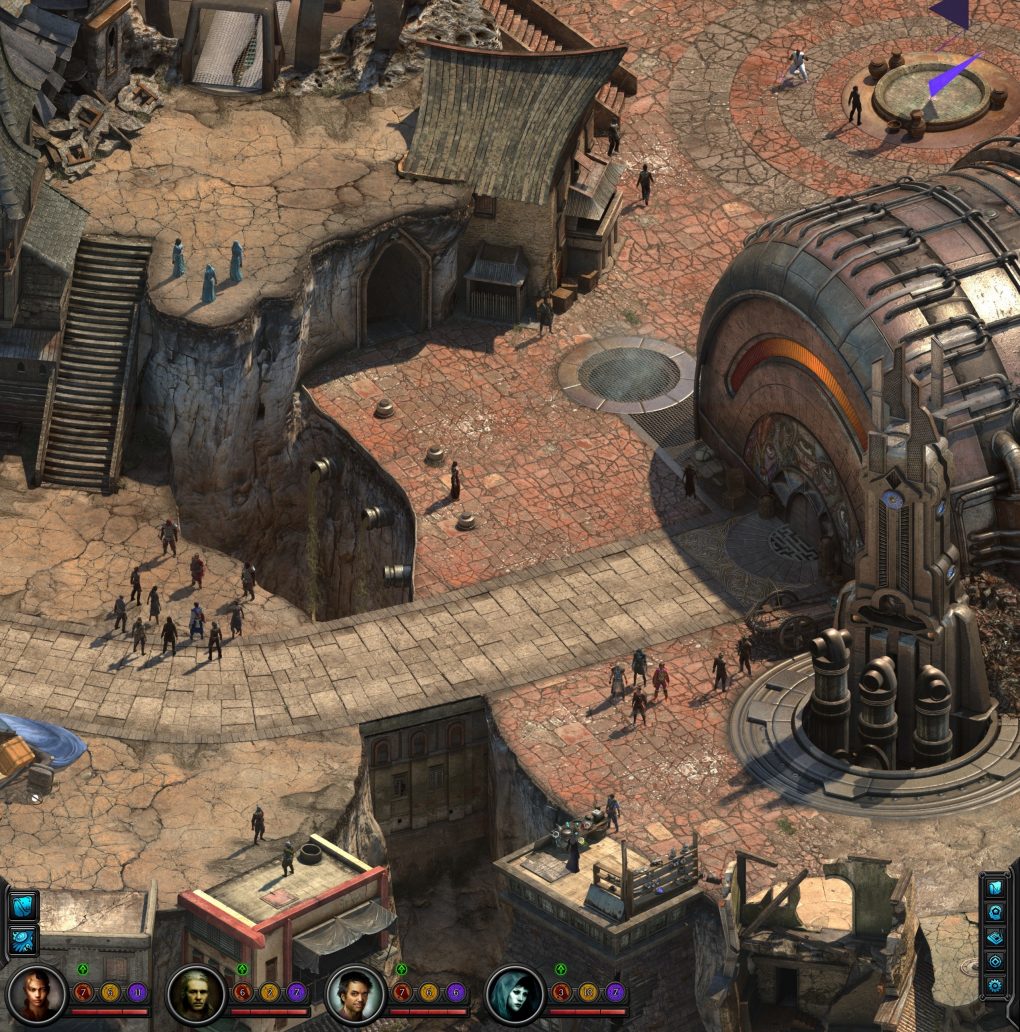
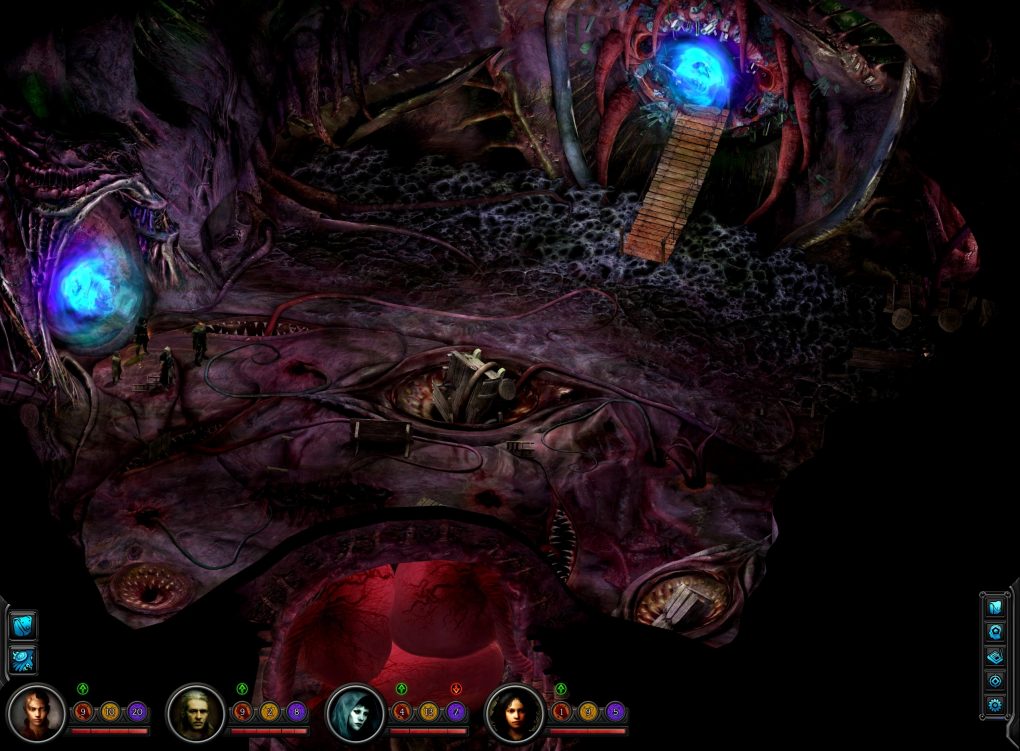
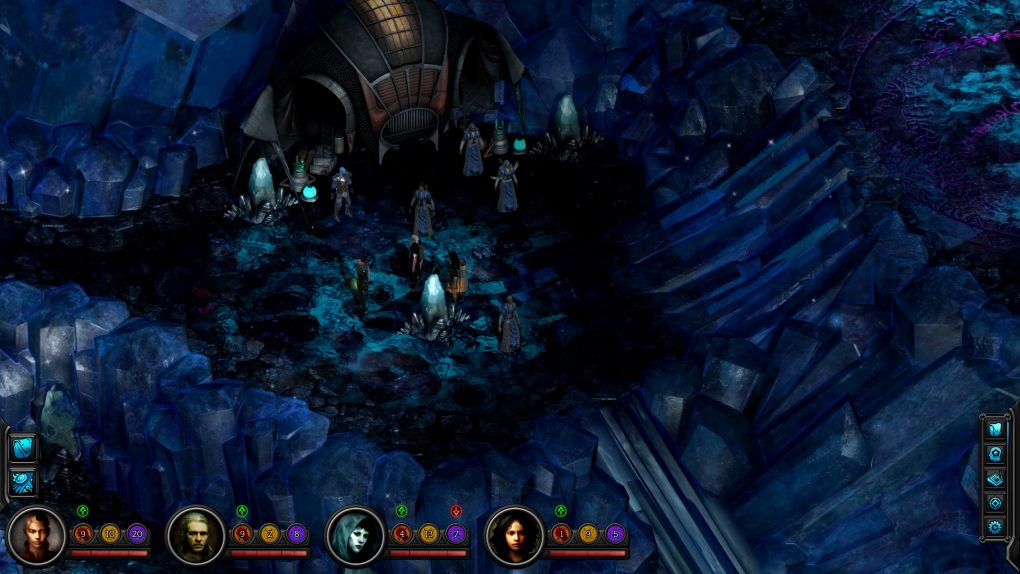
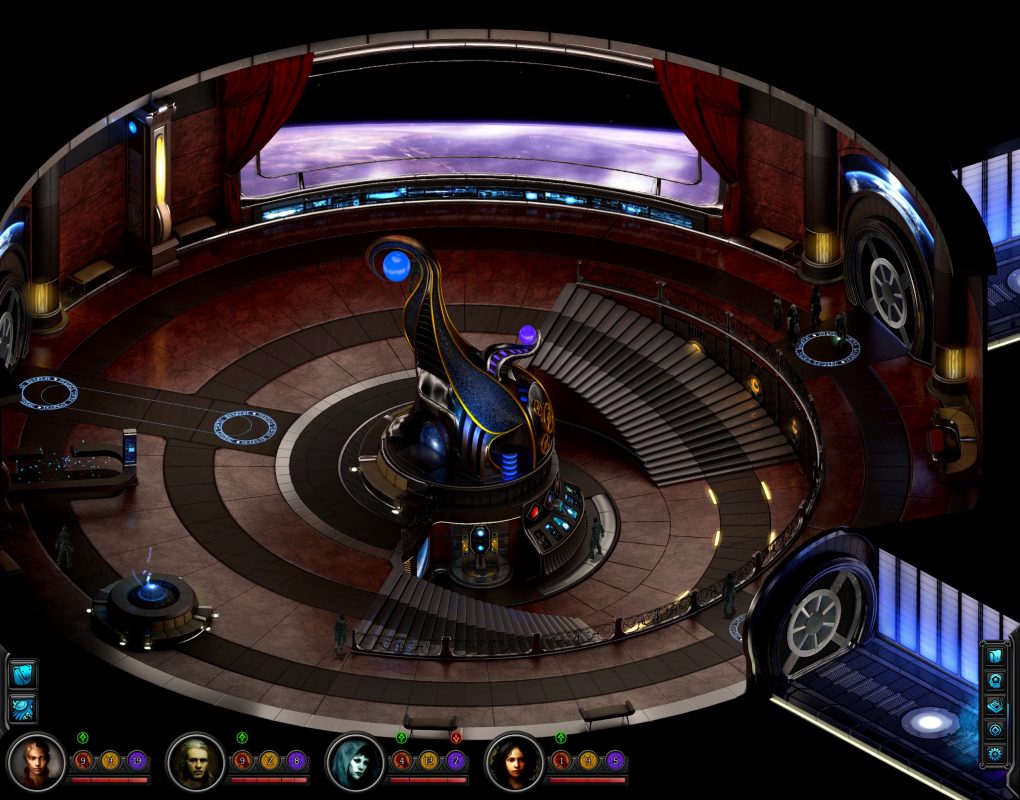
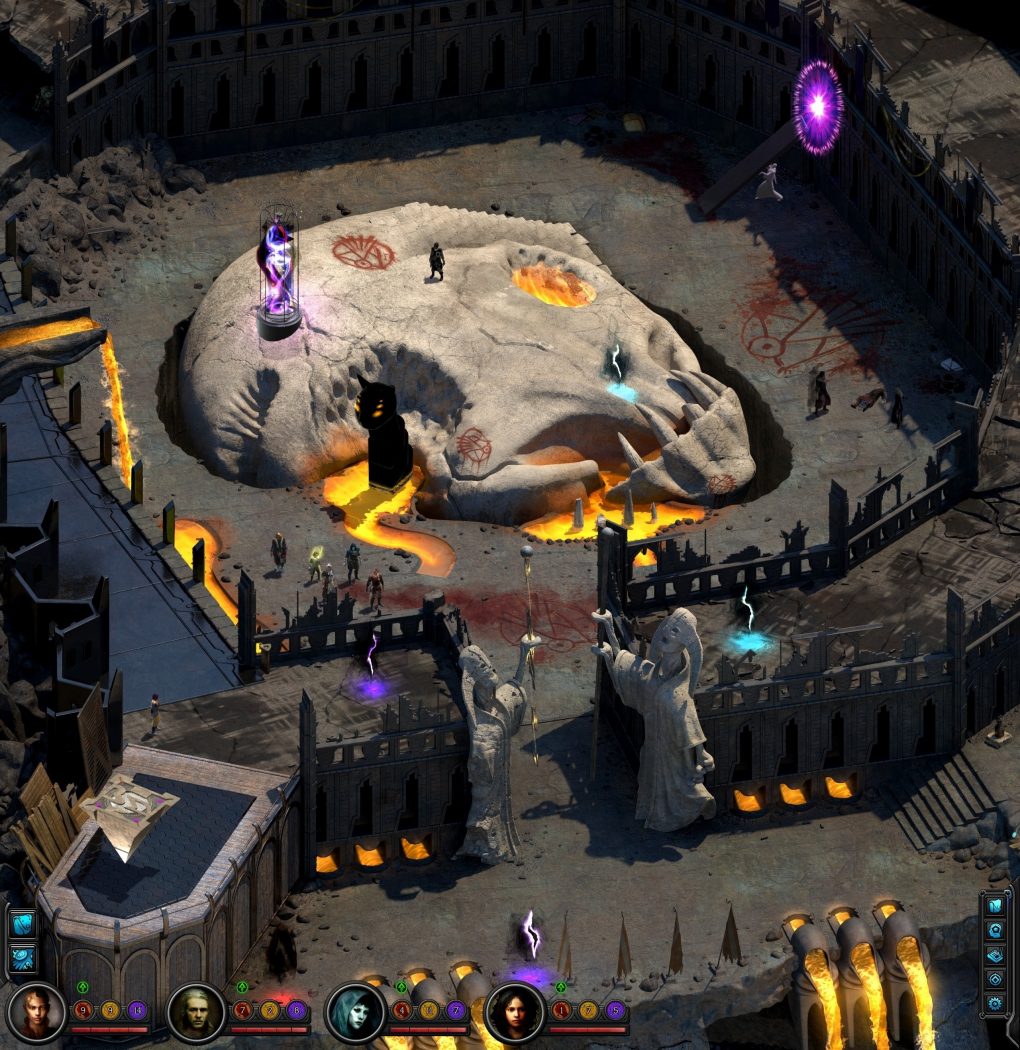
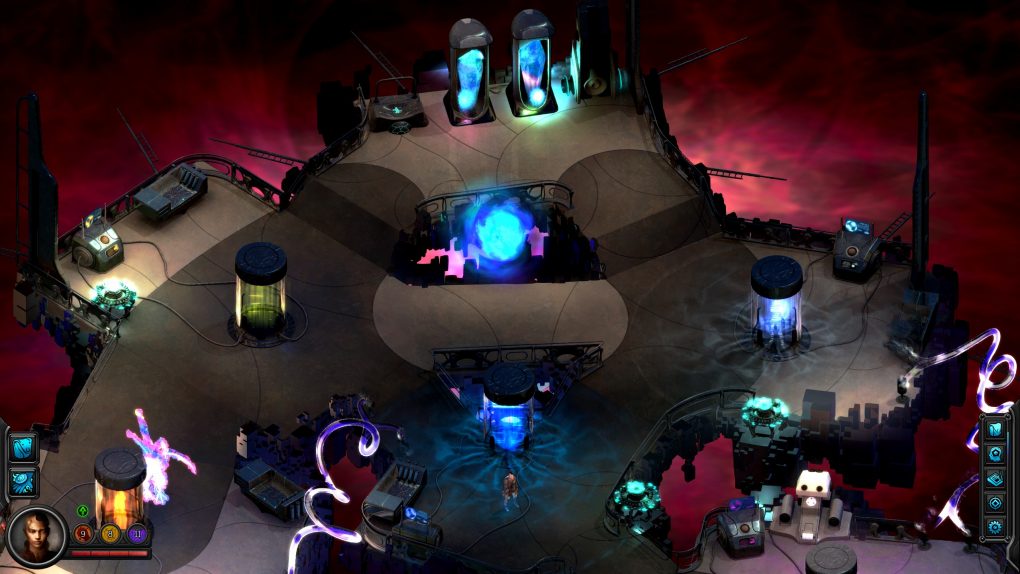



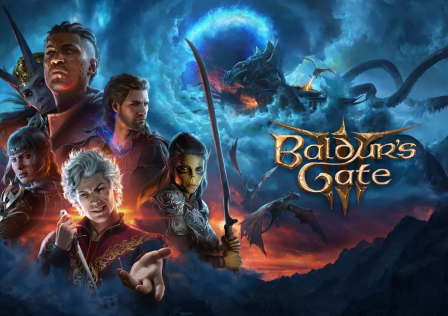
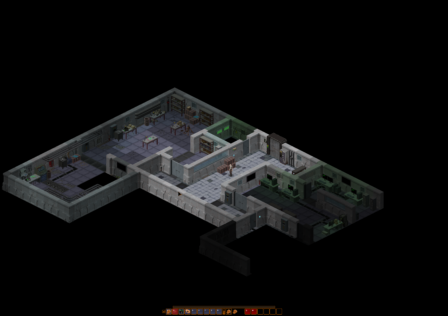

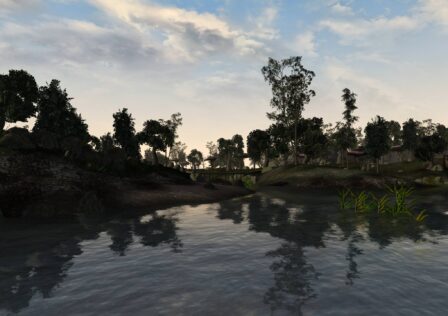
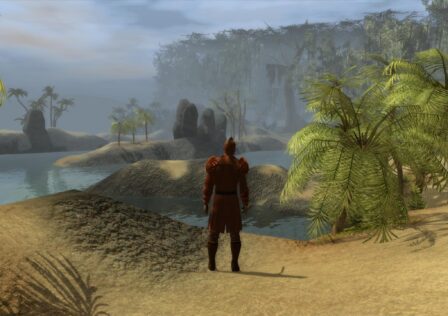

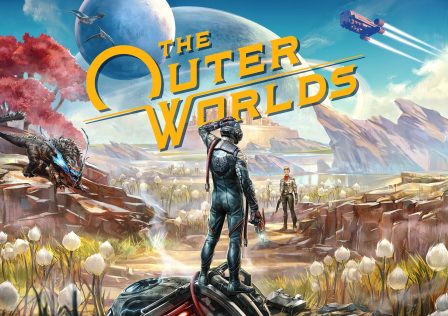
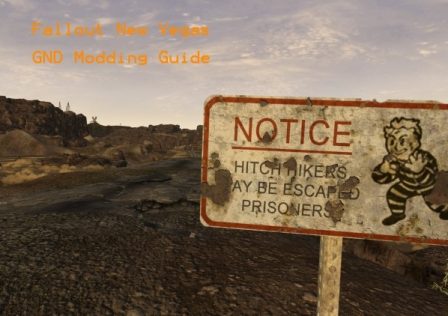

[…] Original Sin 2 does not have nearly enough role-playing nor did anything else this year including Torment: Tides of Numenera, as both games demonstrate in their design (quest design and writing mostly) that they are AFRAID […]
[…] was, will this be the return to form for RPGs? The last time I had such expectations was for Torment: Tides of Numenera, and it fell gravely short. It wasn’t terrible like Obsidian’s Tyranny was, it was just […]